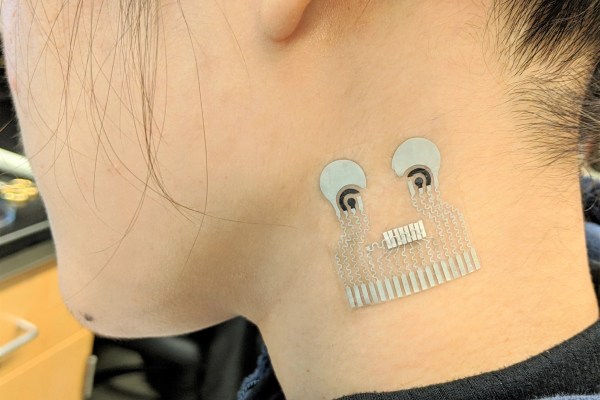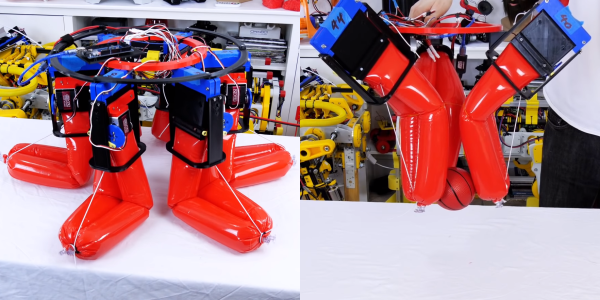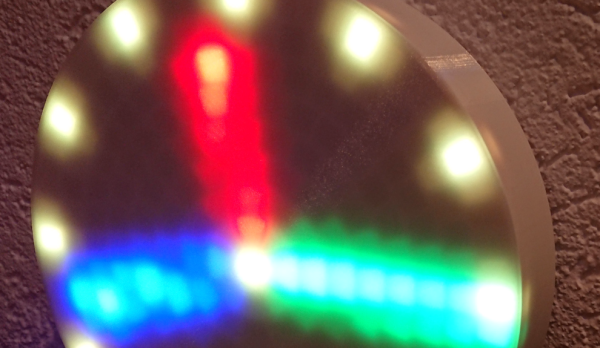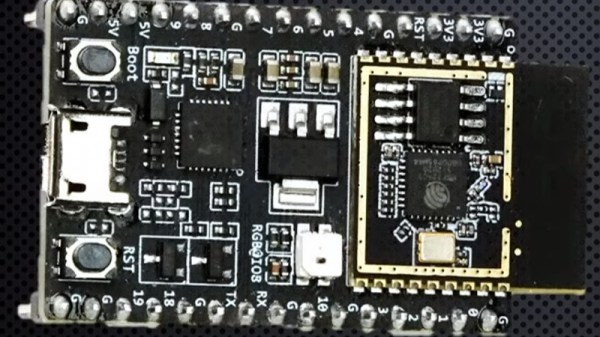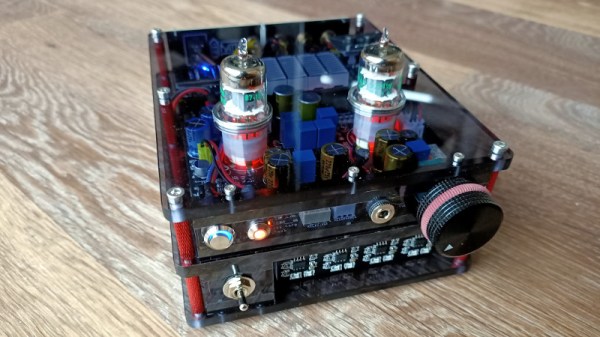Does anyone actually enjoy the sensation of being squeezed by a blood pressure cuff? Well, as Mom used to say, it takes all kinds. For those who find the feeling nearly faint-inducing, take heart: researchers at UC San Diego have created a non-invasive medical wearable with a suite of sensors that can measure blood pressure and monitor multiple biochemicals at the same time.
The device is a small, flexible patch that adheres to the skin. So how does it manage to measure blood pressure without causing discomfort? The blood pressure sensor consists of eight customized piezoelectric transducers that bounce ultrasonic waves off the near and far walls of the artery. Then the sensor calculates the time of flight of the resulting echoes to gauge arterial dilation and contraction, which amounts to a blood pressure reading.
This patch also has a chemical sensor that uses a drug called pilocarpine to induce the skin to sweat, and then measures the levels of lactate, caffeine, and alcohol found within. To monitor glucose levels, a mild current stimulates the release of interstitial fluid — the stuff surrounding our cells that’s rife with glucose, salt, fatty acids, and a few minerals. This is how continuous glucose monitoring for diabetes patients works today. You can check out the team’s research paper for more details on the patch and its sensors.
In the future, the engineers are hoping to add even more sensors and develop a wireless version that doesn’t require external power. Either way, it looks much more comfortable and convenient than current methods.

